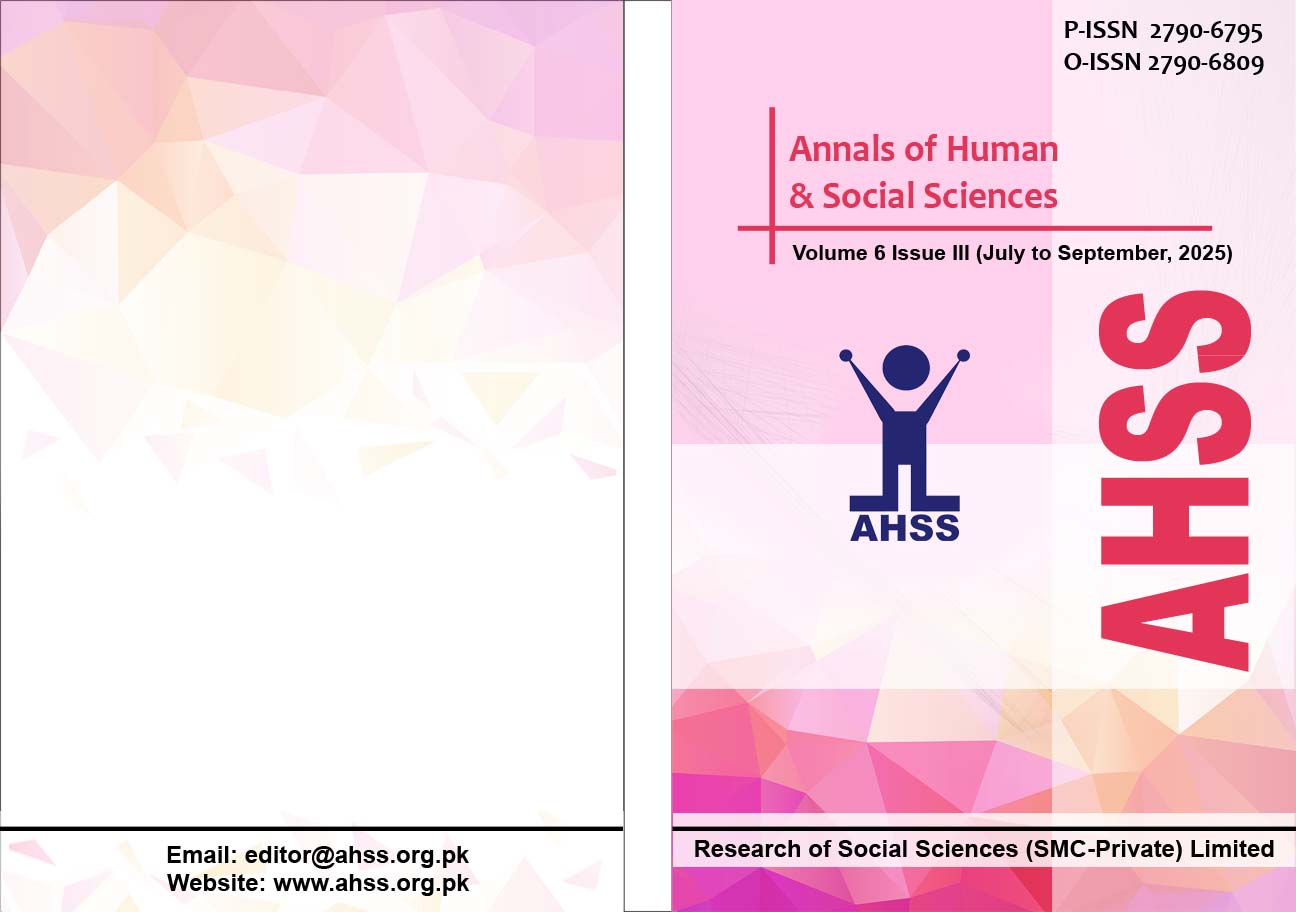Financial Resilience of Pakistan’s Transport Sector: A Ratio-Based Analysis of Listed Companies (2018-2023)
DOI:
https://doi.org/10.35484/ahss.2025(6-III)49Keywords:
Financial Ratio Analysis, Transport Sector, COVID-19 Impact, Strategic Sustainability IntegrationAbstract
This study examines the liquidity, profitability, leverage and efficiency ratios of five listen companies from 2018 to 2023 in order to assess the financial health of Pakistan transport sector. Pakistan’s transport sector is essential to the country’s economy, but it suffers challenges due to COVID-19 interruptions, inflation, and rupee devaluation. Using ratio analysis of five listed transport companies and secondary data from State Bank of Pakistan (SBP) 2018-2023 a quantitative technique was used. The results indicate that PNSC and PICT exhibit high profitability and efficiency, but PIA continues to be in chronic distress with negative ROA and insufficient liquidity. In contrast to PIBT, which had mixed outcomes, Cordoba Logistics rebounded from almost going bankrupt. Regulatory harmonization, sector-wide digital transformation, sustainability integration, and immediate restructuring for troubled companies are among the strategic recommendations. Disciplined reform execution, public-private partnerships, and a dedication to modernization and sustainable growth are essential for success.
Downloads
Published
Details
-
Abstract Views: 137
PDF Downloads: 87
How to Cite
Issue
Section
License
Copyright (c) 2025 Annals of Human and Social Sciences

This work is licensed under a Creative Commons Attribution-NonCommercial 4.0 International License.

RESEARCH OF SOCIAL SCIENCES (SMC-PRIVATE) LIMITED(ROSS) & Annals of Human and Social Sciences (AHSS) adheres to Creative Commons Attribution-Non Commercial 4.0 International License. The authors submitting and publishing in AHSS agree to the copyright policy under creative common license 4.0 (Attribution-Non Commercial 4.0 International license). Under this license, the authors published in AHSS retain the copyright including publishing rights of their scholarly work and agree to let others remix, tweak, and build upon their work non-commercially. All other authors using the content of AHSS are required to cite author(s) and publisher in their work. Therefore, RESEARCH OF SOCIAL SCIENCES (SMC-PRIVATE) LIMITED(ROSS) & Annals of Human and Social Sciences (AHSS) follow an Open Access Policy for copyright and licensing.






